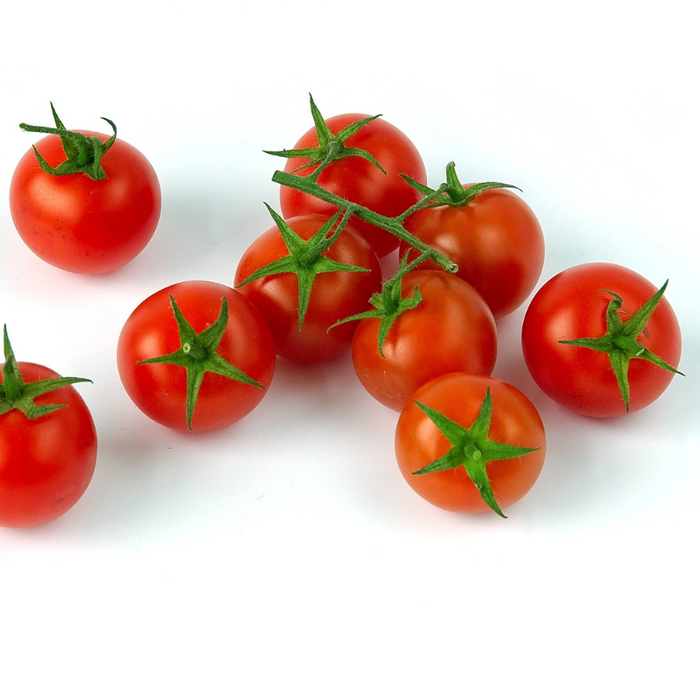
Cherry Tomato Seeds
Save 50%
Original price
$10.00
Original price
$10.00
-
Original price
$10.00
Original price
$10.00
Current price
$4.99
$4.99
-
$4.99
Current price
$4.99
Presenting our Cherry Tomato Seeds, ideal for garden enthusiasts looking to cultivate their own plump, juicy tomatoes at home. These seeds give robust flavor and bountiful harvests. Whether you're a seasoned gardener or trying out your green thumb, these cherry tomatoes will provide a pleasant pop of color and taste to your meals!
Details:
- Color: Bright red tones add a bold touch to gardens.
- Planting Temperature: Sow seeds at 70–75°F for optimal growth.
- Harvest Time: Ready to harvest in about 55 days.
- Hardiness: Grows as an annual in most climates.
- Plant Height: Reaches 70–96 inches tall when mature.
- Spacing: Leave 24–48 inches between plants for healthy growth.
- Sunlight: Performs best in full sun conditions.
- Soil & Water: Prefers average soil moisture and drainage.
-
Seeds per Pack: Contains 100 seeds.






